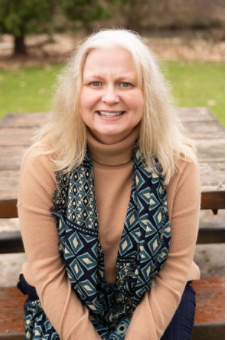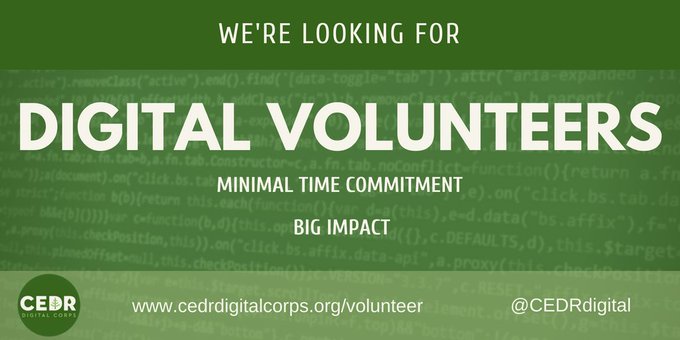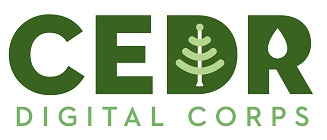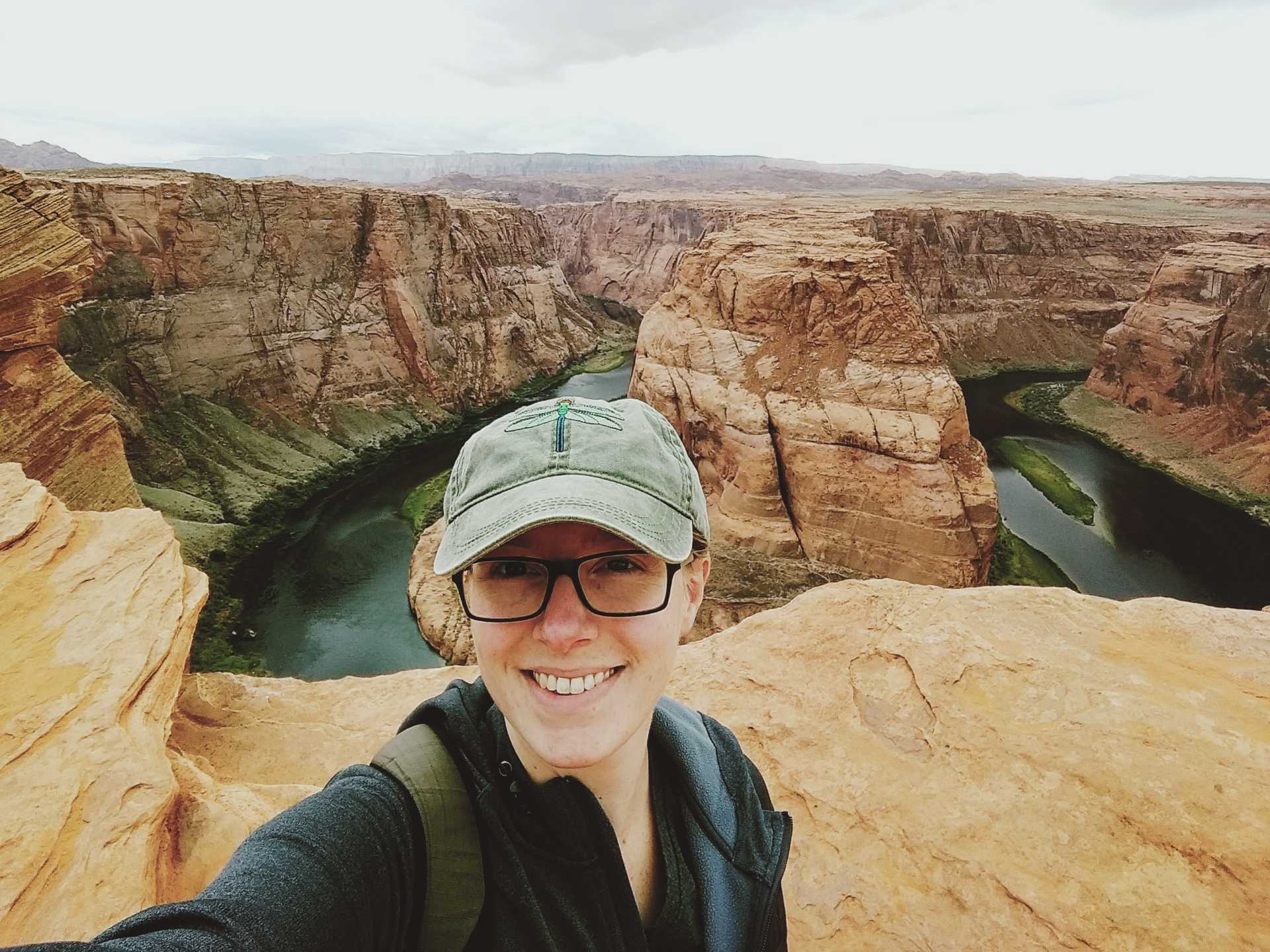
When did you get involved with CEDR?
I got involved back in 2018 when the spontaneous volunteer groups jumped in to help with Hurricanes Harvey, Irma, and Maria. I jumped in at Hurricane Maria and as that wrapped up decided to stay and help build the new organization because I could see that there was an opportunity to help feel a gap in the disaster space for an organization like CEDR
What are your activities and what do they involve?
I am the President so I have a very full and varying plate! On a daily basis, I’m looking at potential events (fires, hurricanes, severe weather) that could impact the public and assessing if we need to change or raise our activation status. I also help out on social media which is very interesting. It’s also very intense during activation when I have to focus to make sure we’re getting accurate information out to the public quickly. I also work with stakeholders and other groups to see how we can work together to improve our collective response during disasters
What motivates you to stay involved?
What motivates me is seeing that there’s a need for what we do to help fill gaps in the disaster space. As the pace and intensity of disasters increases, we see a demographic shift where people go to social media first for information. CEDR is there with information on evacuations, links to maps, shelter information and information on recovery resources. We can also dig into the online nooks and crannies to find sources of information that may not be easy for the general public to find, but finding this information quickly and accurately is important so they can stay safe
Of what contribution or achievement are you most proud?
Most proud. Oh wow. I think it’s when I saw a picture of our shelter map on the big screens of FEMA’s NRCC for Hurricane Dorian. Over 13 days we mapped shelters from Puerto Rico up through Virginia and Maryland and monitored hundred of counties for updates so to see out shelter map that we shared with the public up on the screen was a huge thrill
In your opinion, what is the most important work that this organization does?
Our most important work is identifying what the public needs and figuring out how to fill the gap. For the storms in February, for example, potable water was the issue and so we crowdsourced to find water distribution sites. In the wildfires in the west we recognize that pets large and small are a major concern, so we map shelters for small animals and livestock. While we have a general idea going into an activation what the needs will be, we also keep ourselves open that there may be new needs that the public has that we need to watch for and be ready to adjust
What do you do when you aren’t working and volunteering?
When I’m not volunteering or at my day job, I both watch soccer and pre-COVID I also play in a 7v7 CoEd soccer league. I hope we get to play again soon because it’s a fantastic stress reliever! Shoutout to @fc_tiny and @TimbersArmyFC



